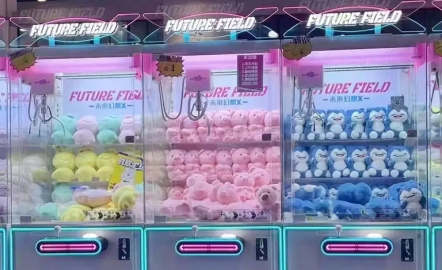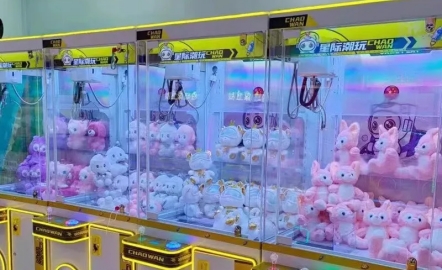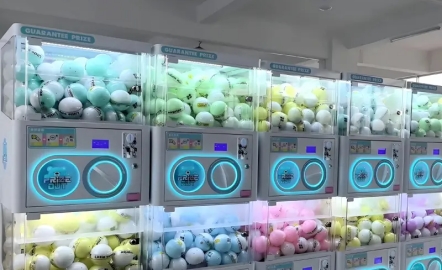The Shift Toward Developmental Play
Modern coin-operated devices for children increasingly emphasize cognitive development over mere entertainment. For example, "EduCoin" machines in Finland combine crane games with math puzzles—children must solve equations to activate the claw. This trend reflects a broader demand for play equipment that aligns with STEM (Science, Technology, Engineering, Math) learning principles.
Ergonomic Innovations
Designers now prioritize accessibility. Adjustable joystick heights (ranging from 30" to 45") accommodate children aged 3–12, while voice-guided instructions assist those with visual impairments. Japanese manufacturer Bandai Namco introduced a "tactile feedback claw" in 2023, vibrating gently when aligned with prizes, aiding spatial awareness development in preschoolers.
Monetization vs. Ethics
While coin-operated games generate high margins (profit margins up to 70%), operators face scrutiny over "aggressive monetization." A 2023 UCLA study found that 68% of children aged 5–9 struggle to understand the real-money value of tokens, prompting calls for "virtual currency only" systems. Some venues now use parental apps to set spending limits, integrating RFID wristbands to replace physical coins.
Case Study: Safe Play in Action
KidZania, a global chain of educational theme parks, redesigned its coin-operated rides with embedded AI cameras. The system detects unsafe behaviors (e.g., climbing on machines) and triggers alerts to staff. Post-implementation, injury rates dropped by 40%, proving that technology can enhance both safety and engagement.
Future Directions
The rise of biodegradable tokens and solar-powered machines addresses environmental concerns. Meanwhile, partnerships with educators aim to gamify curricula—imagine history-themed claw machines where children "excavate" replica artifacts while learning about ancient civilizations.
 The Cultural Impact of Claw Machines on Childhood Development
The Cultural Impact of Claw Machines on Childhood Development
 Designing Child-Friendly Coin-Operated Devices: A Focus on Ergonomics and Education
Designing Child-Friendly Coin-Operated Devices: A Focus on Ergonomics and Education
 The Evolution of Claw Machines and Coin-Operated Games in Children's Entertainment
The Evolution of Claw Machines and Coin-Operated Games in Children's Entertainment